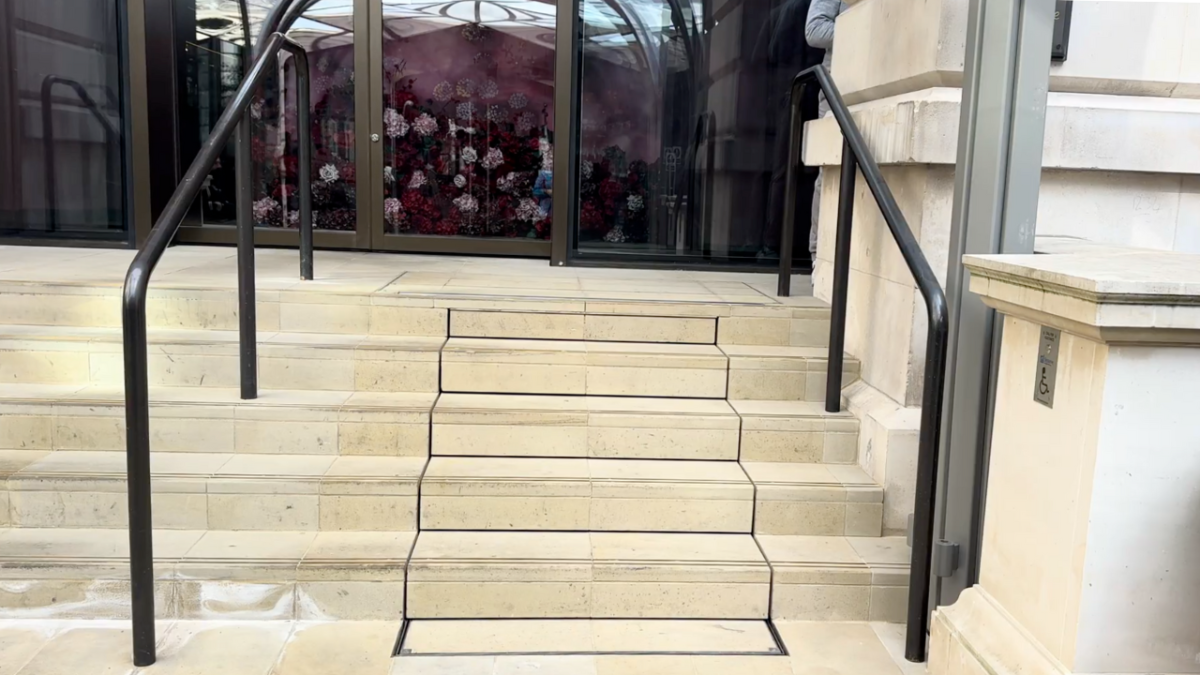Key Takeaways
- Discover how Sesame Access optimises complex accessibility lift projects from design to installation.
- Learn how coordinated engineering, compliance checks, and site-ready preparation reduce project delays.
- Understand why workflow optimisation is vital for architects and building managers working on accessibility co
- Discover how Sesame Access optimises complex accessibility lift projects from design to installation.
- Learn how coordinated engineering, compliance checks, and site-ready preparation reduce project delays.
Introduction
Effective workflow optimisation is one of the most important—and often overlooked—factors in successful accessibility lift projects. At Sesame Access, every installation is treated as a live project ecosystem where engineering design, manufacturing, compliance checks, and site coordination operate in unison. By streamlining these workflows, Sesame helps architects and building managers avoid costly delays and achieve a compliant, dignified access solution within tight timelines.
How Does Sesame Access Reduce Project Delays?
Delays in accessibility projects often occur when communication between site contractors, architects, and lift manufacturers breaks down. Sesame’s engineering team tackles this by coordinating all stages—from concept design and drawing approval to manufacturing and final installation—through clear ownership and continuous feedback loops.
Each lift model, such as the Buckingham Listed Building Lift or Westminster Equality Act Lift, is pre-engineered to fit seamlessly within the project’s architectural constraints. Early collaboration with design teams ensures that site surveys, pit dimensions, and compliance requirements under BS 6440:2011 are verified before fabrication begins.
What Makes Sesame’s Project Management Approach Different?
Unlike traditional lift suppliers, Sesame’s process is designed around transparency and traceability. Every phase of production has a defined sign-off milestone:
1. Design and Engineering Verification – precise CAD models are validated for space, load, and heritage compliance.
2. Manufacture and Pre-Assembly Testing – components are tested for reliability and durability before site delivery.
3. Installation and Commissioning – project managers ensure each lift operates flawlessly within its bespoke environment.
This structured workflow allows the company to handle even complex bespoke systems—like the Knightsbridge Stair Lift or Edinburgh Access Lift—without compromising on timelines or finish quality.
How Does Workflow Optimisation Improve Compliance and Safety?
Regulatory alignment is integral to Sesame’s process. Each lift undergoes multi-stage quality checks, documentation under the Machinery Directive Annex VIII, and certification for both CE and UKCA marking.
By embedding these compliance checks into the project workflow—rather than treating them as afterthoughts—Sesame eliminates the risk of last-minute rework or installation delays. This approach ensures clients meet Equality Act and Building Regulations Part M obligations smoothly and confidently.
Why Does Communication Matter in Accessibility Engineering?
For architects and contractors managing multiple trades, visibility is key. Sesame’s workflow design keeps project data centralised—technical drawings, risk assessments, and progress updates are aligned in real time. This gives project stakeholders confidence that each milestone is being met and allows proactive adjustments before site impact occurs.
How Long Does Lift Project Workflow Integration Take?
Most projects move from concept approval to installation in 12–26 weeks, depending on site complexity and listed-building constraints. Early design engagement and accurate site information are the biggest factors in reducing turnaround time. Sesame’s structured project path helps compress these timelines without compromising on safety or design fidelity.
What Challenges Are Common in Accessibility Lift Projects?
Typical causes of project slowdowns include:
- - Late dimension changes or unverified site measurements.
- - Miscommunication between design, contractor, and manufacturer.
- - Delayed approvals for listed-building adaptations.
By applying workflow optimisation principles—clear roles, stage-gated approvals, and live progress tracking—Sesame eliminates these bottlenecks before they occur.
Frequently Asked Questions (FAQ)
1. What is workflow optimisation in lift projects?
It’s the structured coordination of design, manufacturing, and installation steps to deliver a compliant lift efficiently.
2. How does Sesame Access prevent site delays?
Through early design integration, real-time progress tracking, and coordinated sign-off between departments.
3. What causes delays in accessibility lift projects?
Late design revisions, unclear responsibilities, and missing compliance documentation are the top causes.
4. How long does a Sesame lift project take?
Typically 12–26 weeks from approval to commissioning, depending on site constraints.
5. How does Sesame ensure compliance with UK and EU standards?
Every lift is assessed under BS 6440:2011, CE/UKCA marking, and the Machinery Directive Annex VIII.
6. Can workflow optimisation lower overall costs?
Yes. Fewer design revisions and smoother coordination reduce both labour time and on-site disruption.
7. Which Sesame products benefit most from this approach?
All of them—from compact models like the Mayfair Stairlift to large-scale installations such as the Westminster Equality Act Lift.
8. How can architects engage early with Sesame?
By booking a consultation to review site plans and compliance requirements before finalising designs.
Call to Action
For architects, project managers, and developers seeking to reduce risk and streamline lift installation timelines, book a Teams Meeting with one of our Project Managers today: Book in a meeting

